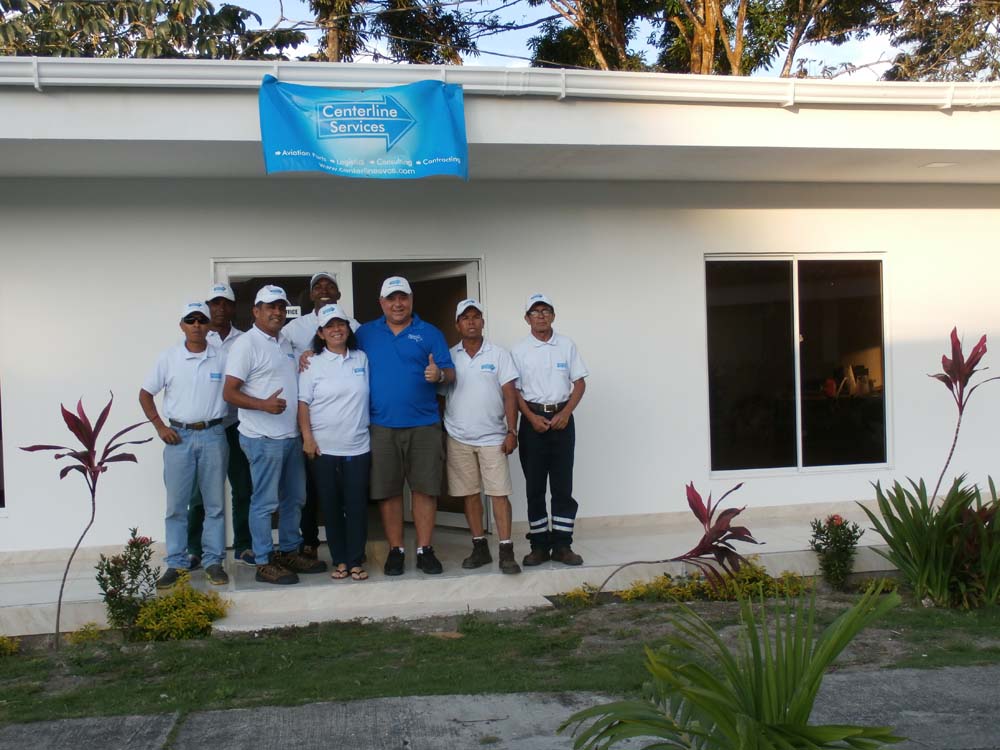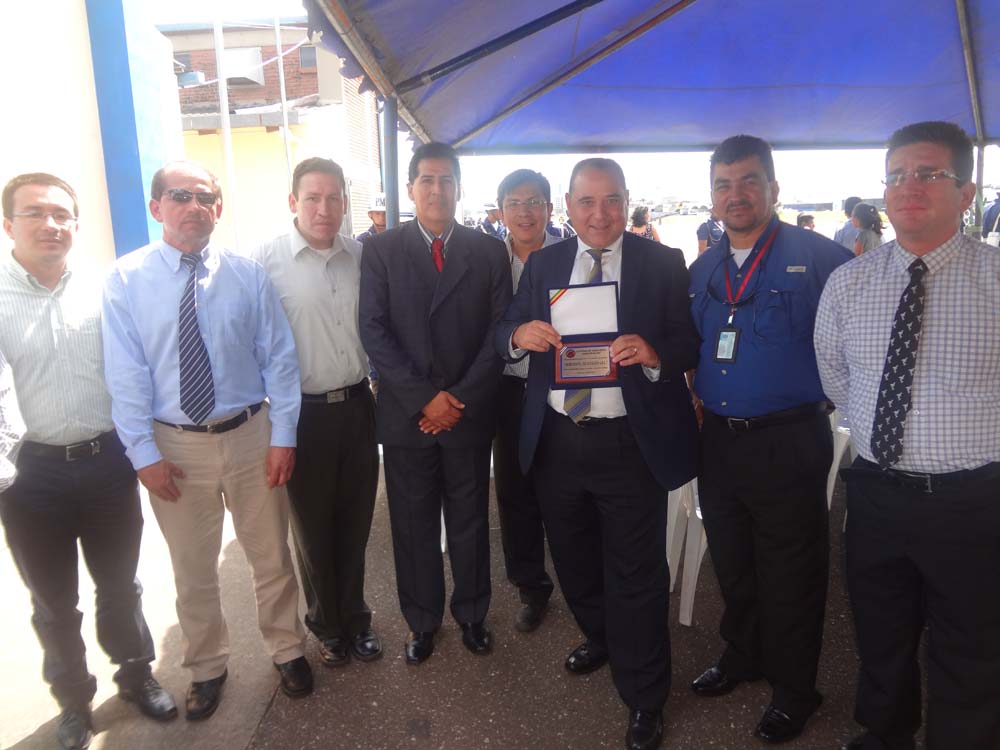Program Management


It is proven that an integrated approach ensures optimal, effective and efficient service. The approach relies on interdependent processes in the areas of Program Management, Administration (Finance, Accounting, Human Resources, Legal & IT), Logistics, Quality Control and Safety. As our name states, we use the “Centerline Theory” by going straight to the solution, saving time and resources in all of our processes.
Our background, experience, know-how and technical expertise facilitates successful outcomes and optimal results throughout our programs. It is imperative to implement processes and procedures, along with detailed plans in order to execute efficiently and effectively. We also understand the importance of quality products, services, materials and tools to do the job right the first time.

Our QASP, Quality Assurance Surveillance Plan, combines our current policies, procedures, and systems that ensure corporate governance to US and host nation laws, as well as any supplemental requirements that are specific to the contracts which we support.
We apply a Project Management approach by understanding the values of: Time Management, Team Work, Problem Solving, Multi-tasking, Organization and Attention to Detail. Furthermore, we follow the basic Project Management steps: 1) Conception and Initiation; 2) Planning; 3) Execution; 4) Performance & Control; and 5) Project Closing. We go through these steps carefully throughout the contract making sure that our customer is satisfied each step of the way.


Furthermore, our continuous improvement processes give way to:
- Clear direction and planning, which is defined as the ability to have a clear mission and vision and align the organization’s SMART goals to these.
- Organizational Stability, defined as the state of a company’s resources (financial and human resources) and production to maintain a steady growth in terms of bottom line, personnel assessment, client management and development.
- Progress Indicators, used to evaluate an operation in its progress and to reassure that the system is not stagnated, and often to provide the user with an estimate of how far through a task the system has progressed.
- Visible Management Support, where personnel and staff see visible leadership and feel supported an all levels.
- Effective Communication, defined as the process of exchanging ideas, thoughts, knowledge and information such that the purpose or intention is fulfilled in the best possible manner.


